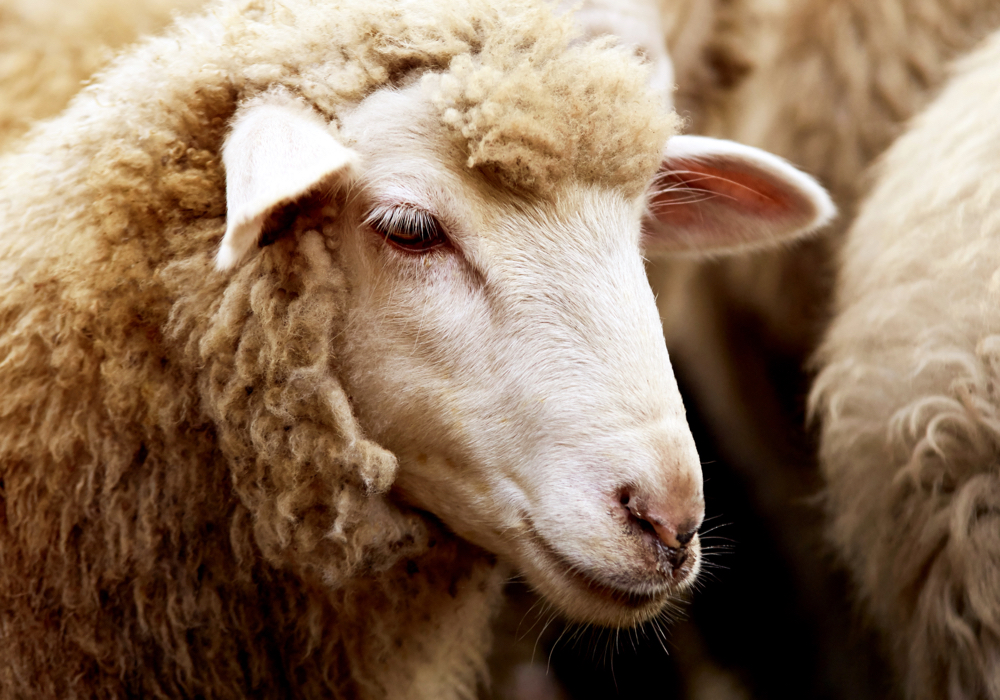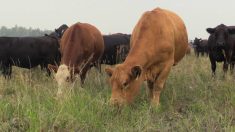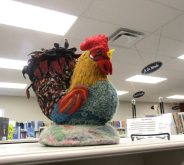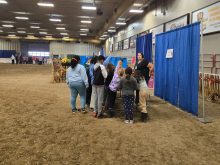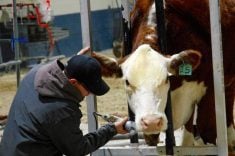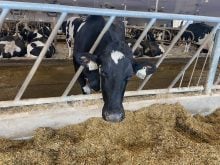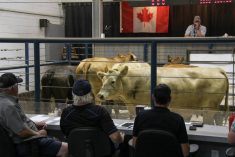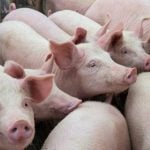A fatal disease cost Manitoba sheep farmer Carleen Doerksen about half her flock, but she says few farmers even know the condition exists.
Doerksen, who farms near Boissevain, Man., had noticed that some of her ewes couldn’t keep up when moving from pasture to pasture. They couldn’t get enough air, winding up exhausted by the effort. They were thin, and sometimes their lambs would not grow well.
When the province offered grant money for flock testing, Doerksen took up the offer and found out nearly half the flock had maedi visna.
Read Also
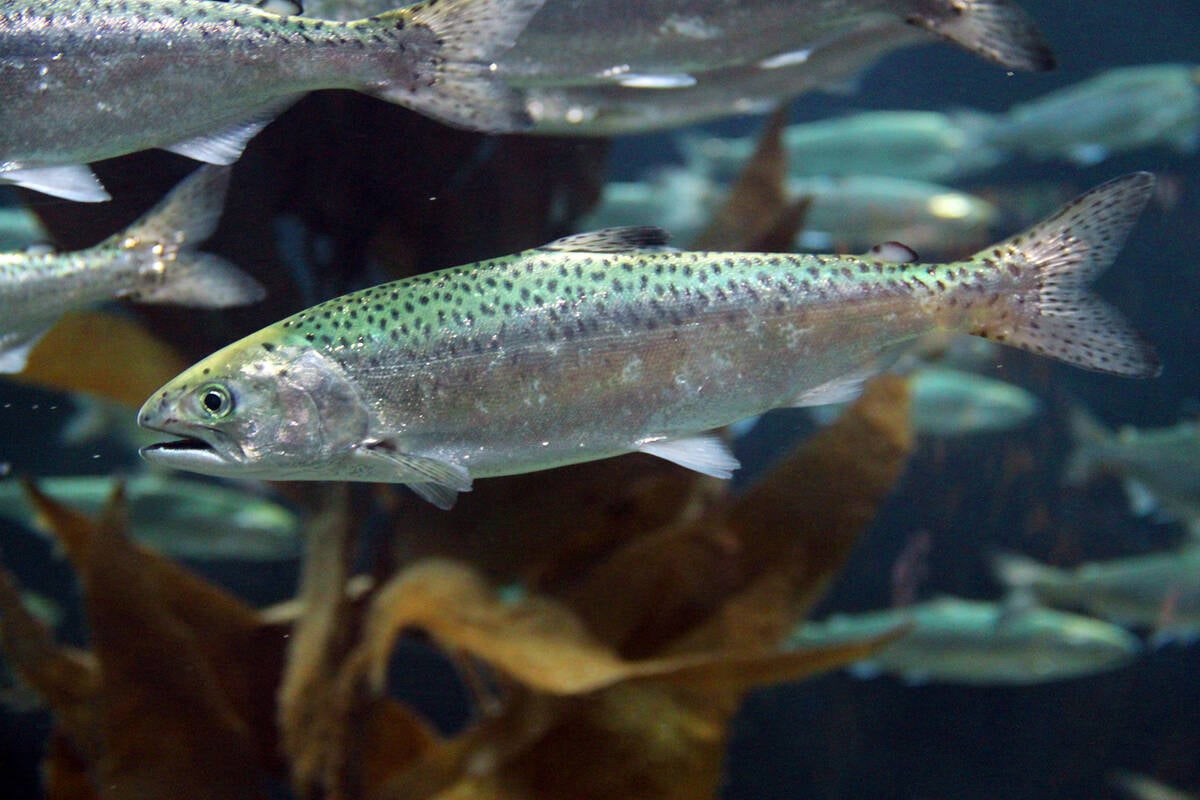
Canadian aquaculture wants farming treatment
Canada’s fish farms want to switch federal portfolios to be under Agriculture and Agri-Food Canada’s eye rather than Fisheries and Oceans Canada’s thumb and be able to grow production.
Why it matters: Maedi visna is difficult to detect in sheep until they are older, making biosecurity an important part in mitigating risk when new animals are brought into a flock.
Maedi visna (MV), also known as ovine progressive pneumonia, is a chronic viral illness that is 100 per cent fatal. The most common symptoms are pneumonia and hard udders (the virus affects primarily lung and mammary tissue), reduced milk production and weight loss. Less commonly seen are arthritis or neurological signs.
Recently, the Sheep Farmers of Ontario (OSF) urged producers to consider taking steps to mitigate the disease. The Manitoba Sheep Association put out similar information in its November newsletter.
MV is difficult to detect because symptoms don’t usually appear for one to three years. That delay has led organizations like the OSF to refer to it as an “iceberg” disease; while only a few sheep may appear affected at any one time, many more are infected and will eventually become ill. The effects of the virus in tissue accumulate over time. By the time symptoms are obvious, there is already severe organ damage.
“It’s far better to start from free stock than it is to figure out what to do once you’ve got 40, 50 or 80 per cent of the flock infected,” Dr. Rex Crawford, owner of Dufferin Veterinary Services in Amaranth, Ont., said.
Management
A combination of monitoring and biosecurity has been pegged for MV control.
According to the OSF, 30 to 40 per cent of sheep can be infected (seropositive) in a typical flock with uncontrolled MV. The virus is quite contagious and is spread via nose-to-nose contact, saliva and through respiratory secretions. When sheep are indoors, the OSF estimates flock infection can reach more than 50 per cent.
“If we’re going to take sheep seriously, we need to do something about it,” Doerksen said.
Her farm undertook a massive flock cull and testing regime to root out the disease.
Ontario farmer Kim Schneider, who has a 100-ewe commercial flock, said she “dragged her feet” to enrol in a maedi visna monitoring program; her veterinarian convinced her that it would be beneficial.
She has since modified her sheep housing to eliminate nose-to-nose contact and provide areas for quarantining animals that are new to the flock.

The OSF has a voluntary program to help sheep producers determine the status of MV infection in their flocks, called the Ontario Maedi-Visna Flock Status Program (OMVFSP).
Manitoba has no such program, according to Manitoba Sheep Association chair Morgan Moore. Some producers, including Doerksen, have made use of the Ontario program.
Moore noted, however, that the Canadian Sheep Federation is in early stages of developing a national maedi visna monitoring program.
“The hope is that there will be a national program and we can deliver a provincial component,” he said. “We’d like to see one consistent approach applied across the country.”
The Canadian Sheep Federation says the program’s still in the early stages of development.
In Ontario, OSF executive director Jennifer MacTavish said that while the organization has seen an increase in enrolment in the program by its dairy producers, there is less uptake from meat producers.
“Dairy producers realize the benefit in terms of milk production,” she said, “but meat producers may not see the benefits right away.”
But the OSF hopes that producers realize that the illness results in economic losses, even if they’re not obvious.
An OSF research report on MV says a seropositive ewe not only produces less milk, it is more likely to have fertility issues. Two-thirds of MV seropositive ewes that appear healthy had udder lesions, and their lambs had lower-than-average weaning weights.
Infected ewes are often culled due to poor productivity when they should be at their prime as symptoms manifest.
The surveillance project was initiated several years ago in conjunction with the Animal Health Laboratory at the University of Guelph. The program requires serological testing of blood samples from each animal in the flock, removal of positive animals and a specific set of biosecurity requirements.
Biosecurity role
Modifications don’t have to be complicated. Schneider, for example, got an old calf hutch from a neighbouring dairy farm and, with gates she already had, created her outdoor lamb quarantine pen. To house newcomers to the flock, which should be kept where sheep haven’t been kept before, she uses an empty horse stall at another neighbour’s property.
“It can be a little bit of a puzzle, but if you’re committed, it’s possible,” she said.
She encourages other producers to be cautious of where they buy from, and to quarantine new animals until the second test is passed.
The OSF also encourages producers to bring in new animals from flocks with superior genetics and health status, “but the onus is really on the buyer,” MacTavish said.
Schneider also only uses needles once, and has a pair of booties that stay in her truck that she can wear to the sales yard, so she doesn’t bring anything home on her boots. As a committed 4-H leader, she also houses showing sheep separately.
“A lot of it is just common sense,” she said.
The fine print of the OMVFSP
There are two elements to the Ontario Maedi-Visna Flock Status Program (OMVFSP).
The Ontario monitoring program, which is also used by some Manitoba farmers, offers a whole-flock program and a monitored-flock program.
The whole-flock program tests all animals 180 days and older in a flock. If all sheep test negative, the flock status is “enrolled negative,” according to the OMVFSP. A second negative test (180-395 days after the first) elevates a flock to “B” status, while a third (from a random sample of sheep a year or older) confers an “A” status.
If any initial tests come back positive, an “enrolled” status is given. All positive sheep must be removed, and lambs less than 180 days old must be isolated until they reach market weight. A followup test is required in 90-180 days.
The monitored program does not require the entire flock to be tested, but only a random sample of animals one year and older. The test is repeated yearly.
Blood test cost is a barrier to the program for many producers, said Ontario Sheep Farmers executive director Jennifer MacTavish. Tests come in at a little more than $11 an animal. There is also producer concern over the accuracy of some of the serological tests.
Ontario veterinarian Dr. Rex Crawford acknowledged that some of the tests aren’t as sensitive as they would prefer.
“There is no gold standard,” he said.
He was part of a research study with the University of Guelph and the AHL on test sensitivities, which showed that ELISA tests (which screen for and measure antibodies in blood) are most effective, particularly the Elitetest ELISA. But he emphasized that a negative test result doesn’t necessarily mean an animal is MV free.
“Being negative doesn’t mean for sure that the virus isn’t there, but positive means it’s there for sure,” he said.
The virus is tricky, he added, and the reasoning for the OMVFSP protocol is that it can take a long time for the virus to produce enough antibodies to be detected.
Another barrier is lack of return for extensive effort. Program requirements are onerous, said Doerksen, and sometimes don’t even work.
Doerksen had previously been taking tests over the border to the University of Minnesota, she said. When the pandemic closed the border, she enrolled in the Ontario program.
Not only was testing more expensive this way, but the tight protocols were hard to follow and “kind of exhausting,” she said.
“I get that they want you to succeed, but some of the things, they’re hard,” she added.
Despite strict biosecurity, MV somehow still got into an isolated, confirmed-negative flock, she noted.
Yet, sheep producers usually don’t ask if the flock is MV free when buying, Doerksen said. When they’ve told buyers that a ram was confirmed maedi visna free, they’ve got blank stares.
“Lots of sheep producers don’t even know,” she said.

